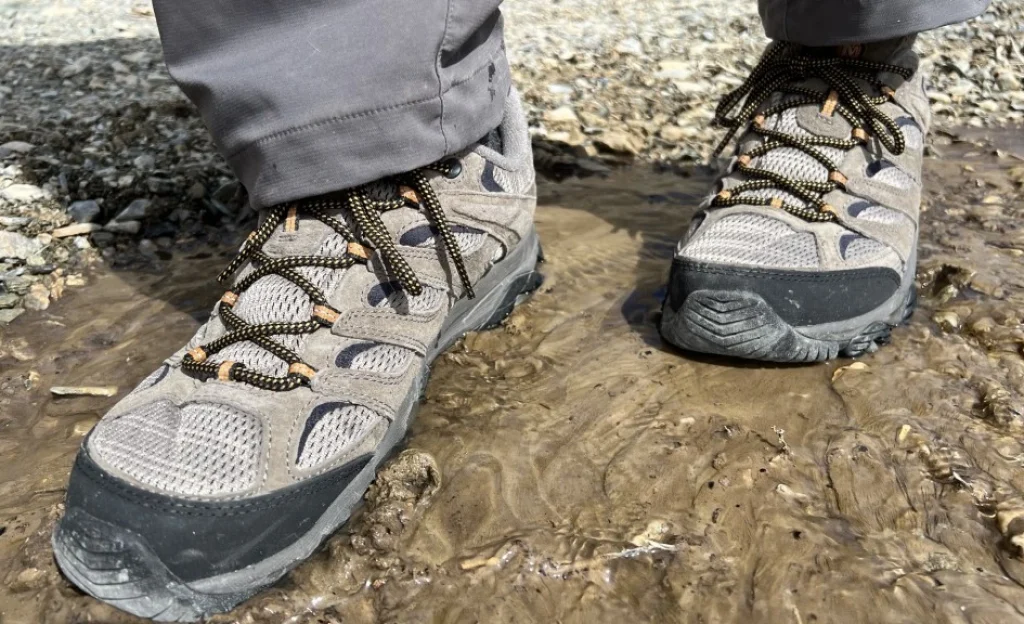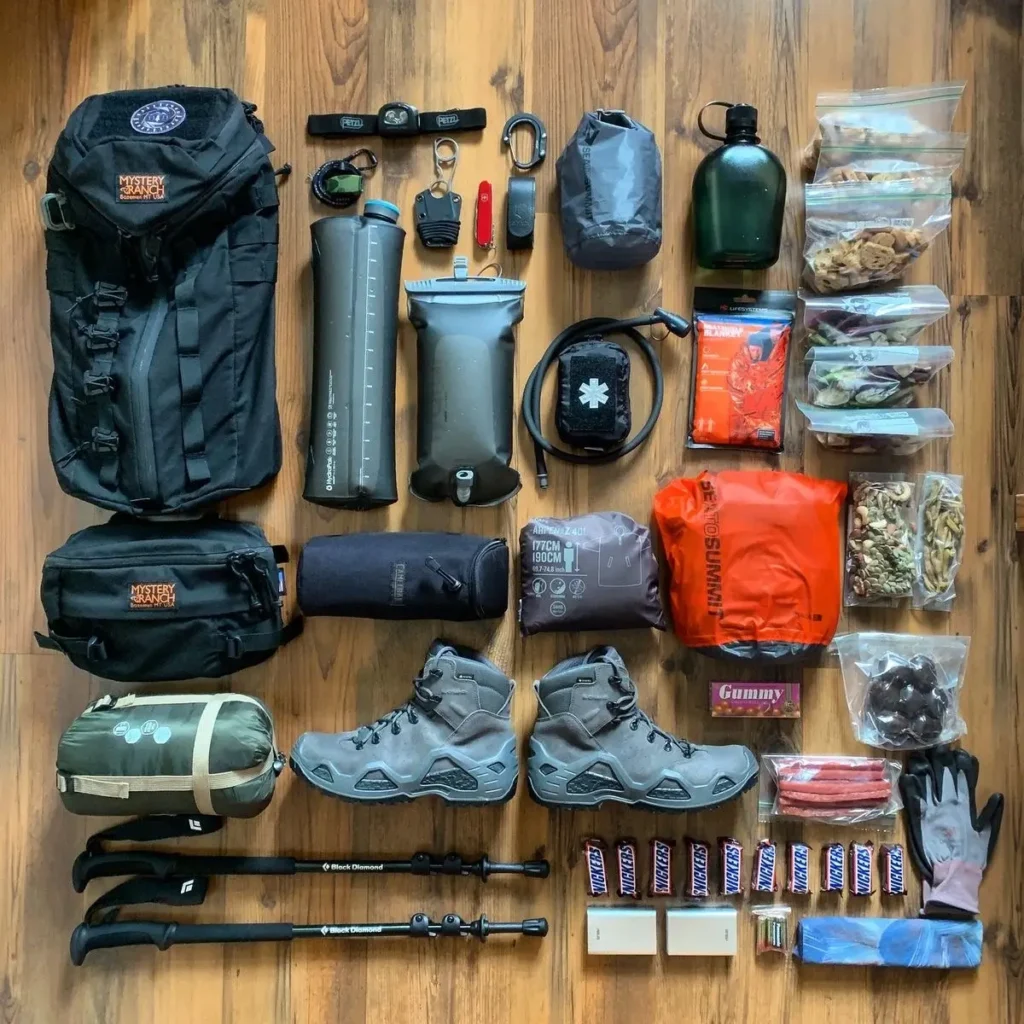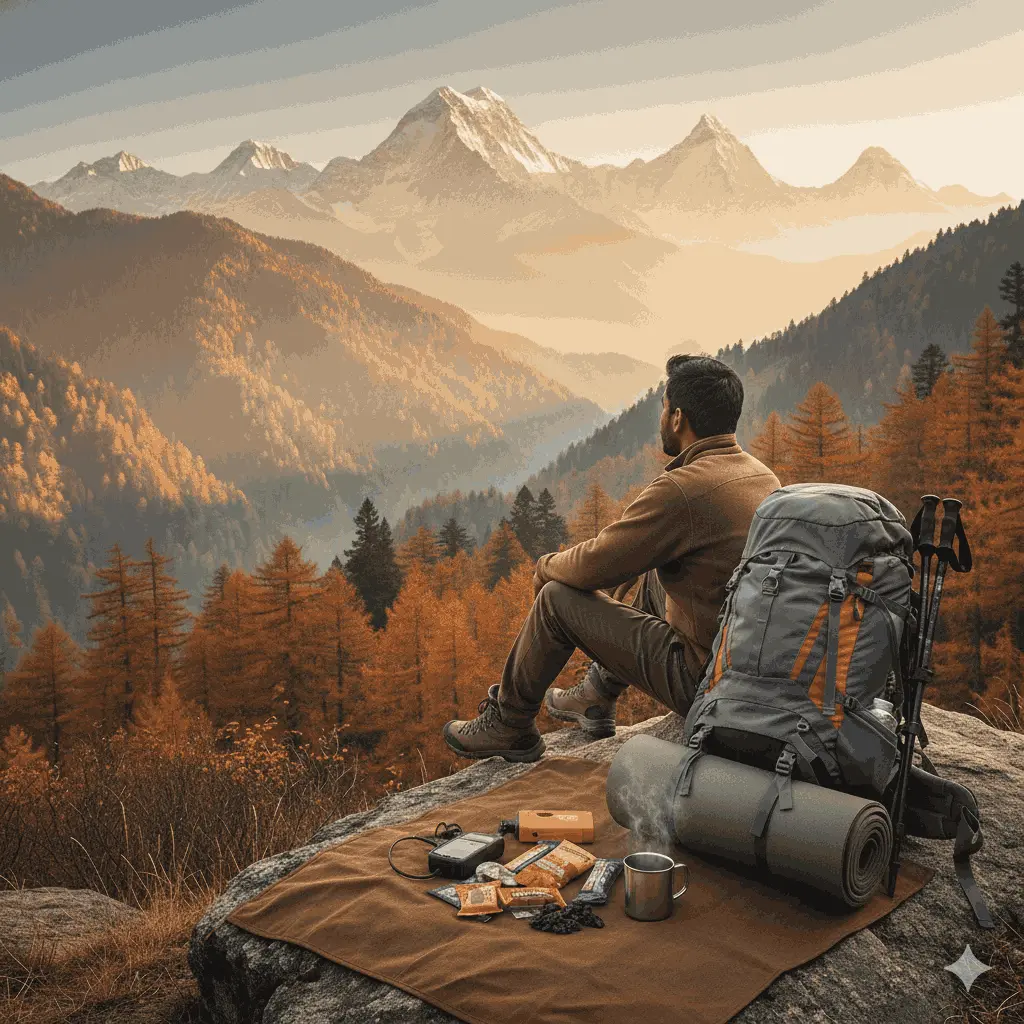Cool fall air drifts through the hills and signals ideal hiking conditions ahead. This marks your moment to gear up and explore mountain trails properly prepared. Smart packing protects your safety and keeps the trek enjoyable from beginning to end. This full guide shows you the vital hiking gear needed for autumn mountain treks.
Sturdy Footwear

Your shoes are the most vital item when walking uneven ground and sharp inclines. Choose tall boots that prevent water entry and hold firm on slick stones. Break them in at home first so they fit your feet without pain. This prevents raw skin and sore heels while you hike long distances. Bring soft sandals as well for relaxing once you reach camp.
Backpack and Rain Cover

Select a bag that carries forty to sixty liters worth of supplies and tools. Find models with padded hip belts and cushioned straps that balance load across your frame. Autumn hikes frequently encounter drizzle that seeps through material without protection. A rain cover shields your hiking gear from moisture and keeps contents dry inside.
Sleeping Essentials
Overnight camps require a bag rated for three full seasons of outdoor use. Down padding performs best since it maintains body heat during frozen nights outdoors. Include a lightweight foam mat or an air-filled pad beneath your bag.
Hydration and Nutrition
Bring a two-liter water bladder or bottles along with a small filter or purification tablets. Fresh water keeps your body strong through extended hours on distant mountain trails. Store trail snacks like energy bars, nuts, and dried fruit in easy pockets nearby. Quick bites refuel your body when weary legs demand power to push ahead consistently.
Tools and Safety Gear

A hiking pole reduces pressure on your knees during steep climbs and descents alike. Include a head-mounted light so you navigate paths once darkness falls around you. Pack basic medical supplies, a blade with various functions, and a noise maker. Apply sun protection cream and balm for your lips regardless of cloud cover. Use eye protection that filters damaging light at higher altitudes where intensity increases. Your hiking gear list must include these safety items for emergencies and daily protection.
Tech and Navigation
Include a backup battery to restore power to your devices during overnight stays. Save navigation apps that function without network coverage in isolated wilderness zones. A direction finder and satellite tracker provide alternative methods to locate your path. These devices help you stay oriented when marked routes become unclear or hidden.
Review weather predictions and path conditions before filling your backpack with supplies completely. Understand the duration your walk will require from beginning to conclusion each day. Carry minimal weight but include all essential hiking gear for wellbeing and protection. This approach makes your fall trek pleasant, protected, and memorable for years ahead.



0 Comment